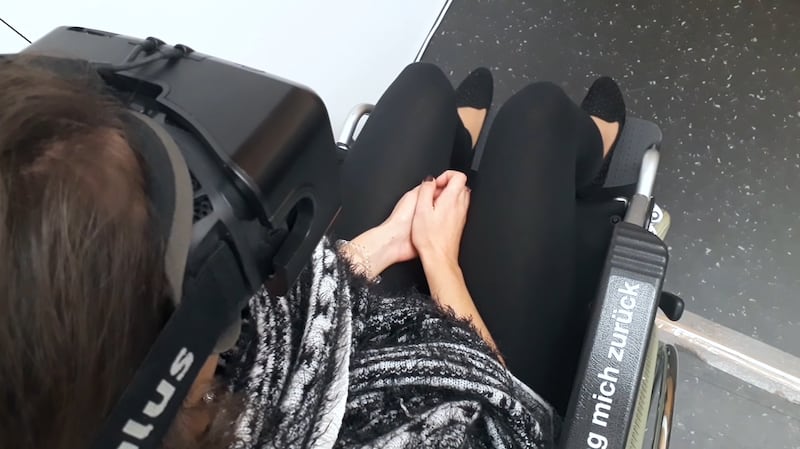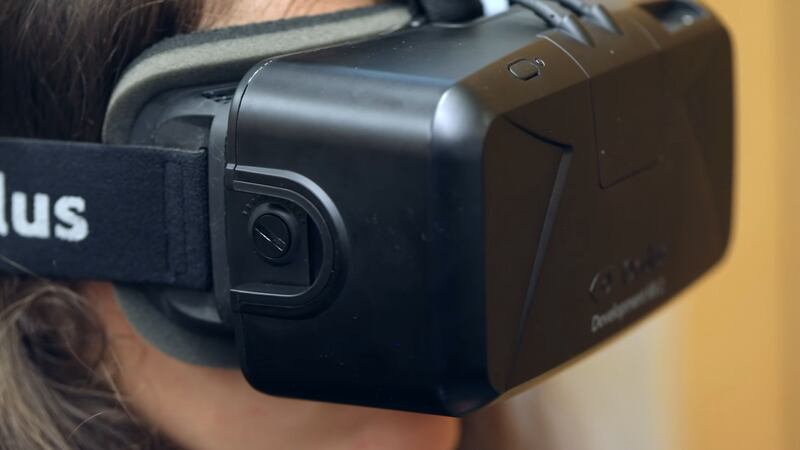Virtual reality could help reduce phantom pain for patients paralysed from the waist down, scientists say.
According to researchers from the Ecole polytechnique federale de Lausanne (EPFL), the treatment works by creating the illusion that “they can feel their paralysed legs being touched again”.
They say it could lead to future VR therapies to reduce chronic pain in paraplegics.
Study leader Olaf Blanke, a neuroscientist at EPFL in Switzerland, said: “We managed to provoke an illusion: the illusion that the subject’s legs were being lightly tapped, when in fact the subject was actually being tapped on the back, above the spinal cord lesion.
“When we did this, the subjects also reported that their pain had diminished.”
While paraplegics do not have any feeling in their legs, they do feel neuropathic pain as a result of injury to the spinal cord – which is resistant to drug therapy.
The researchers say VR could be key to providing relief for this type of pain by creating the illusion of touch.
The treatment – which involves a pair of dummy legs, a camera, a VR headset and two rods – convinces the patient’s brain that the dummy legs are their own.
When the patient received two stimuli, one tactile on the back and the other visual through the VR headset, the subject felt as though the tapping came from the paralysed legs.

Study co-author Polona Pozeg said: “We tapped the back of the subject near the shoulders and the subject experienced the illusion that the tapping originated from the paralysed legs.
“This is because the subject also received visual stimuli of dummy legs being tapped, viewed through the virtual reality headset, so the subject saw them immersively as his or her own legs.”
The researchers are now developing VR technology that offers automatic stimulations which patients can use at home.
The results are published in the journal Neurology.








